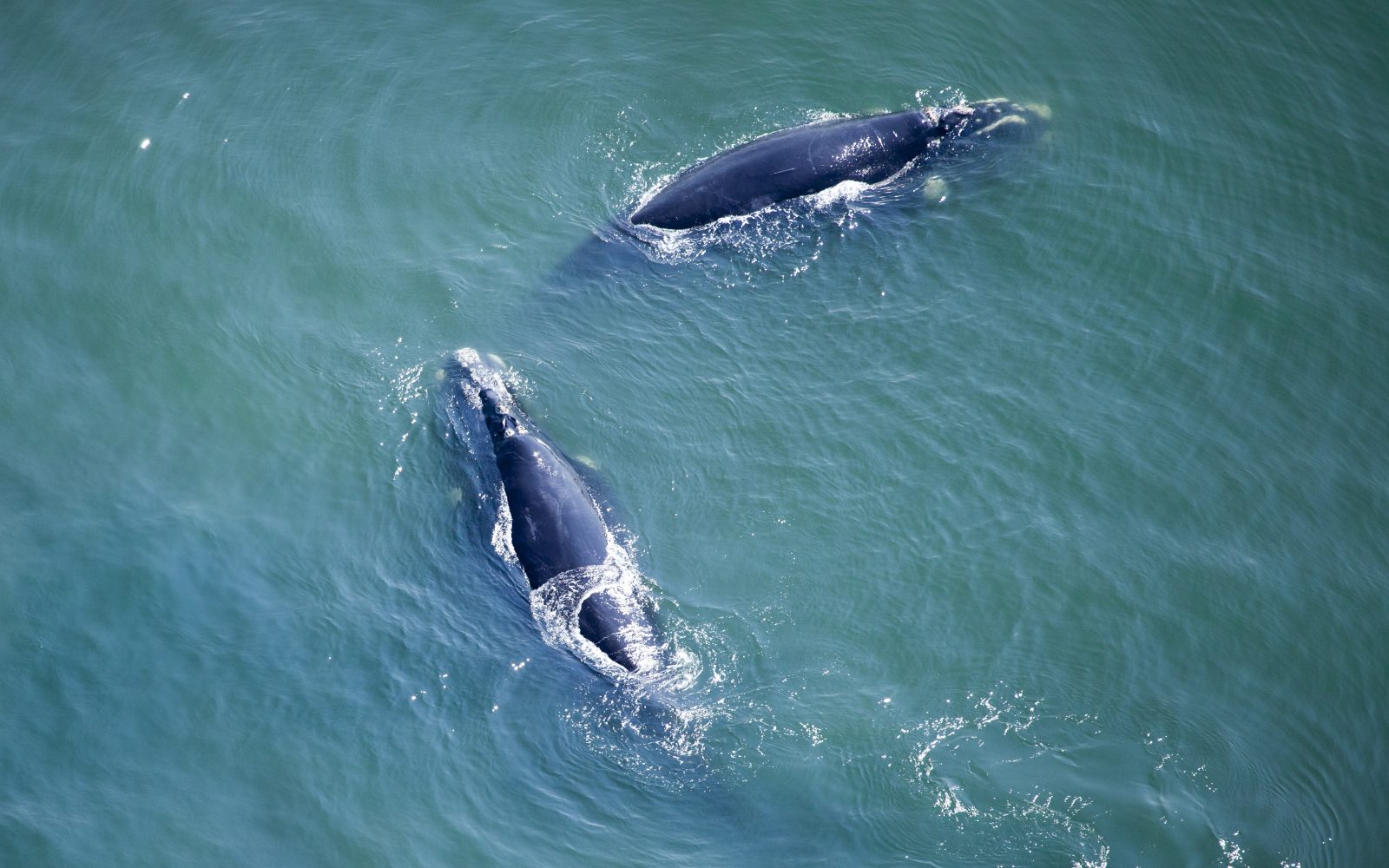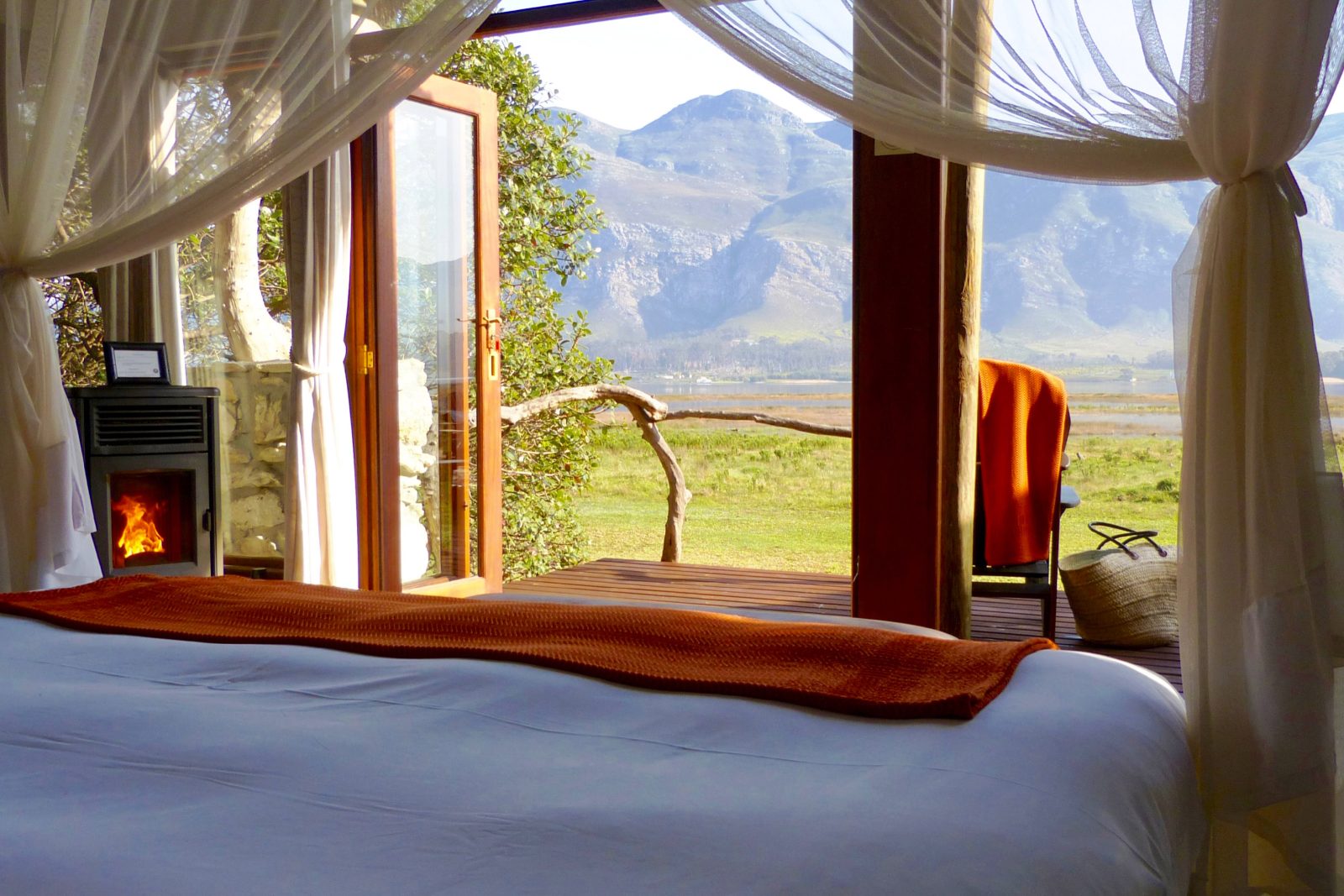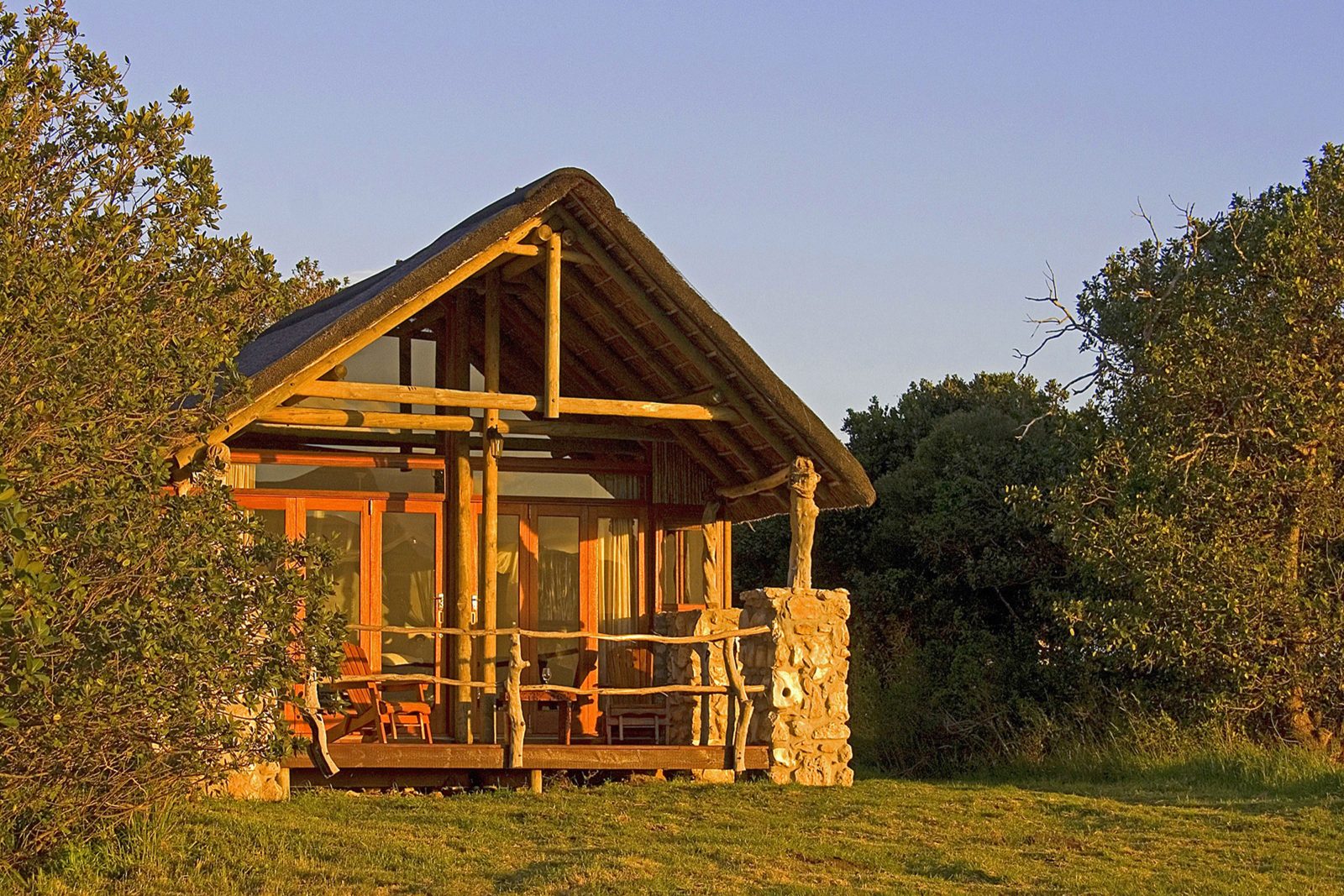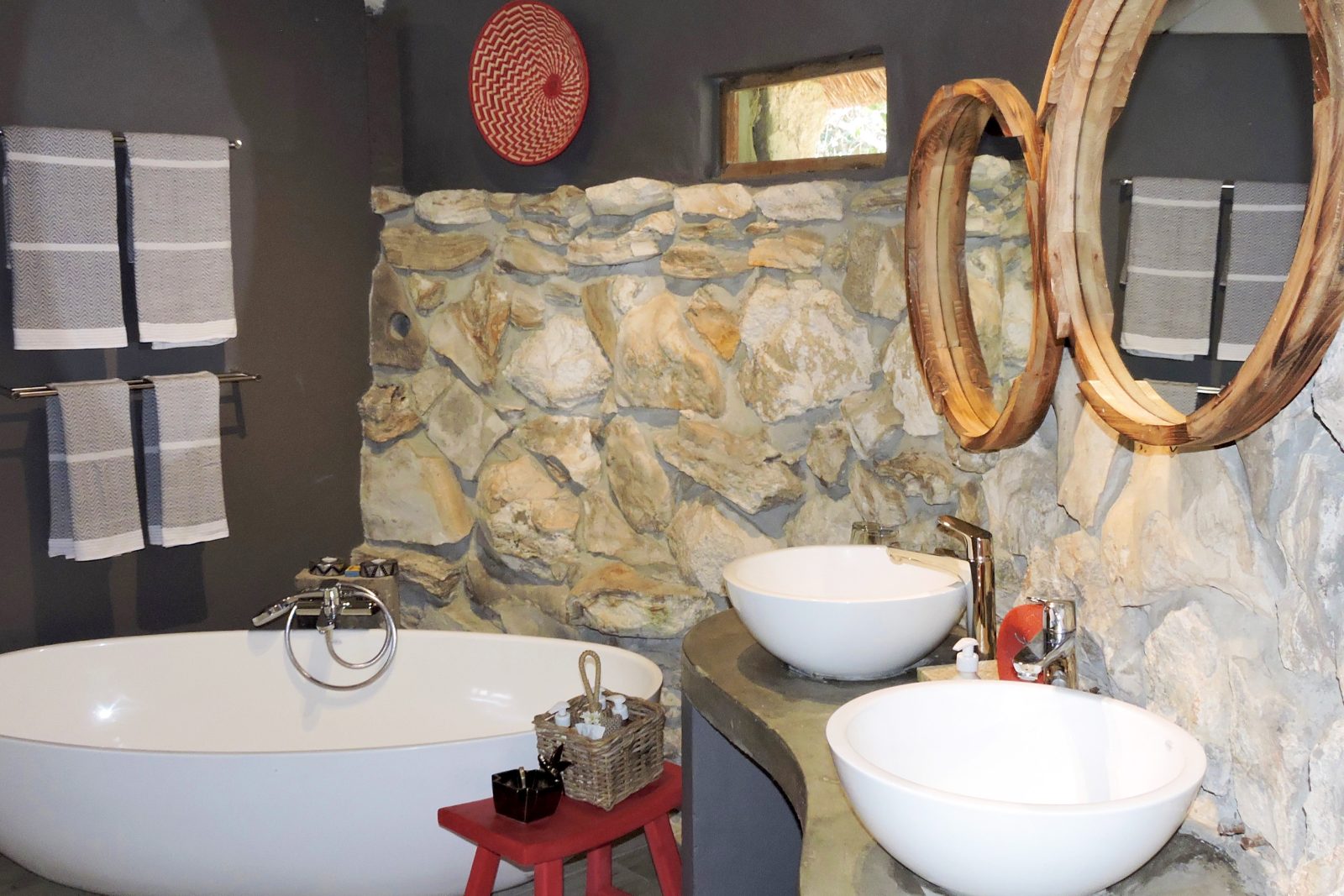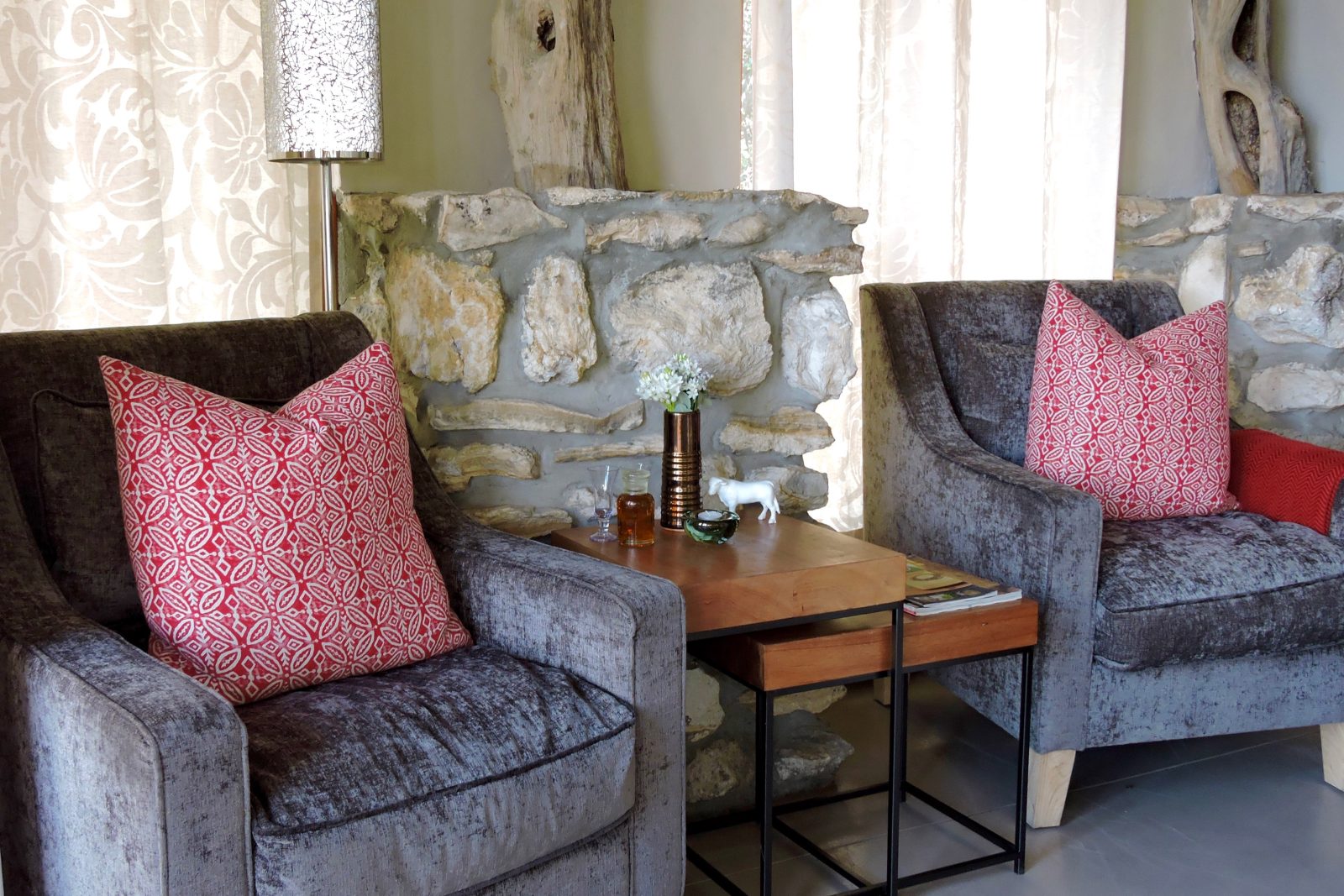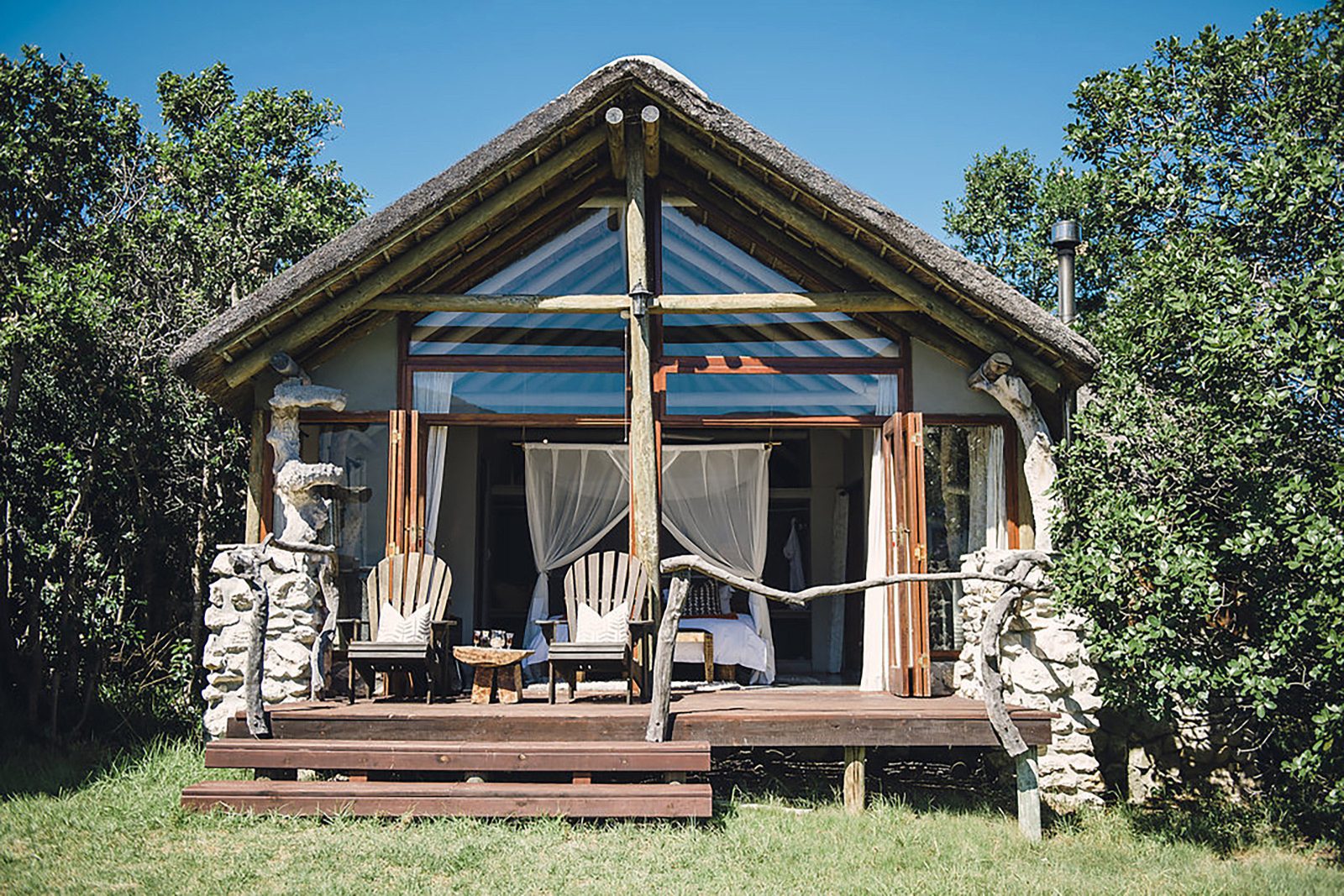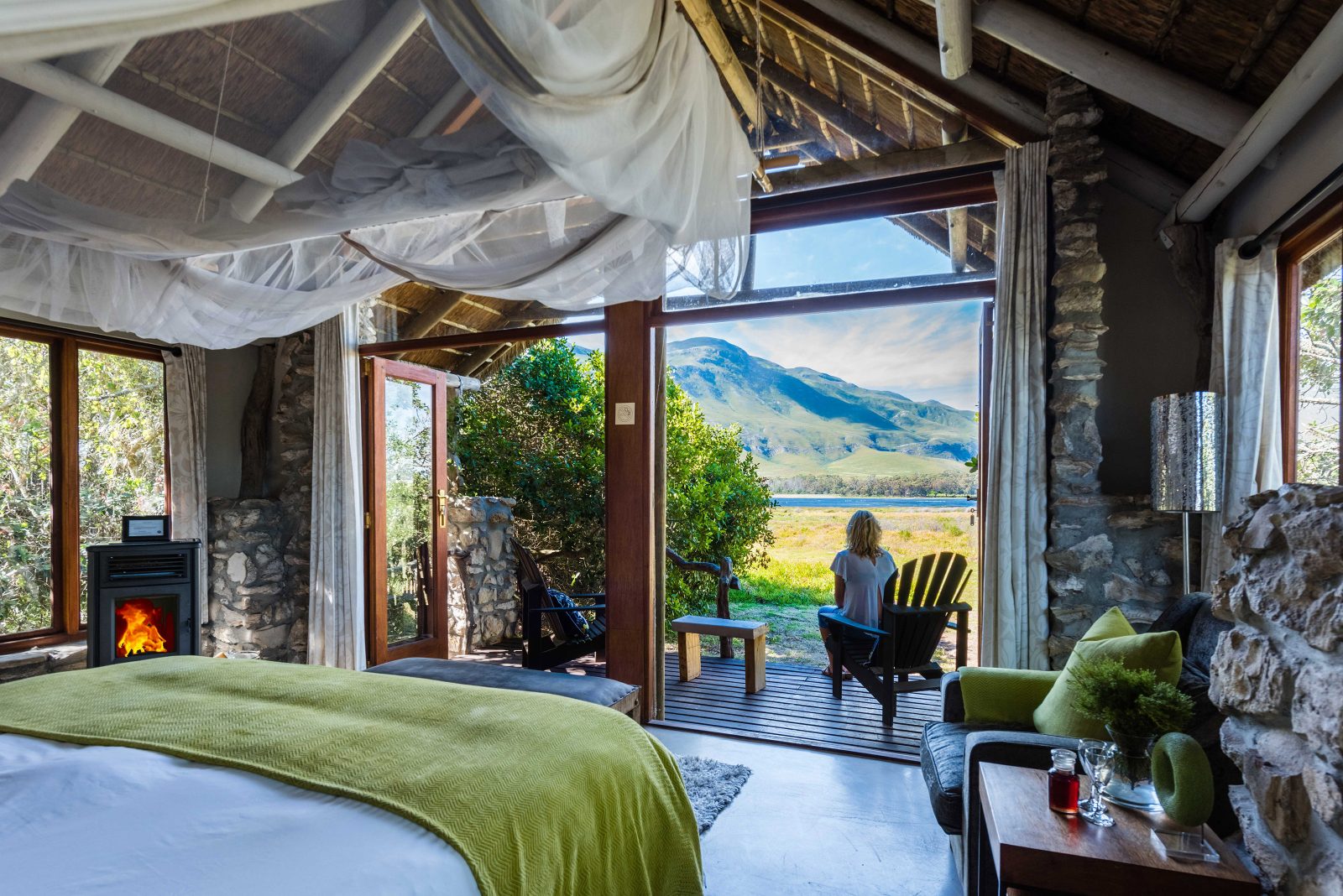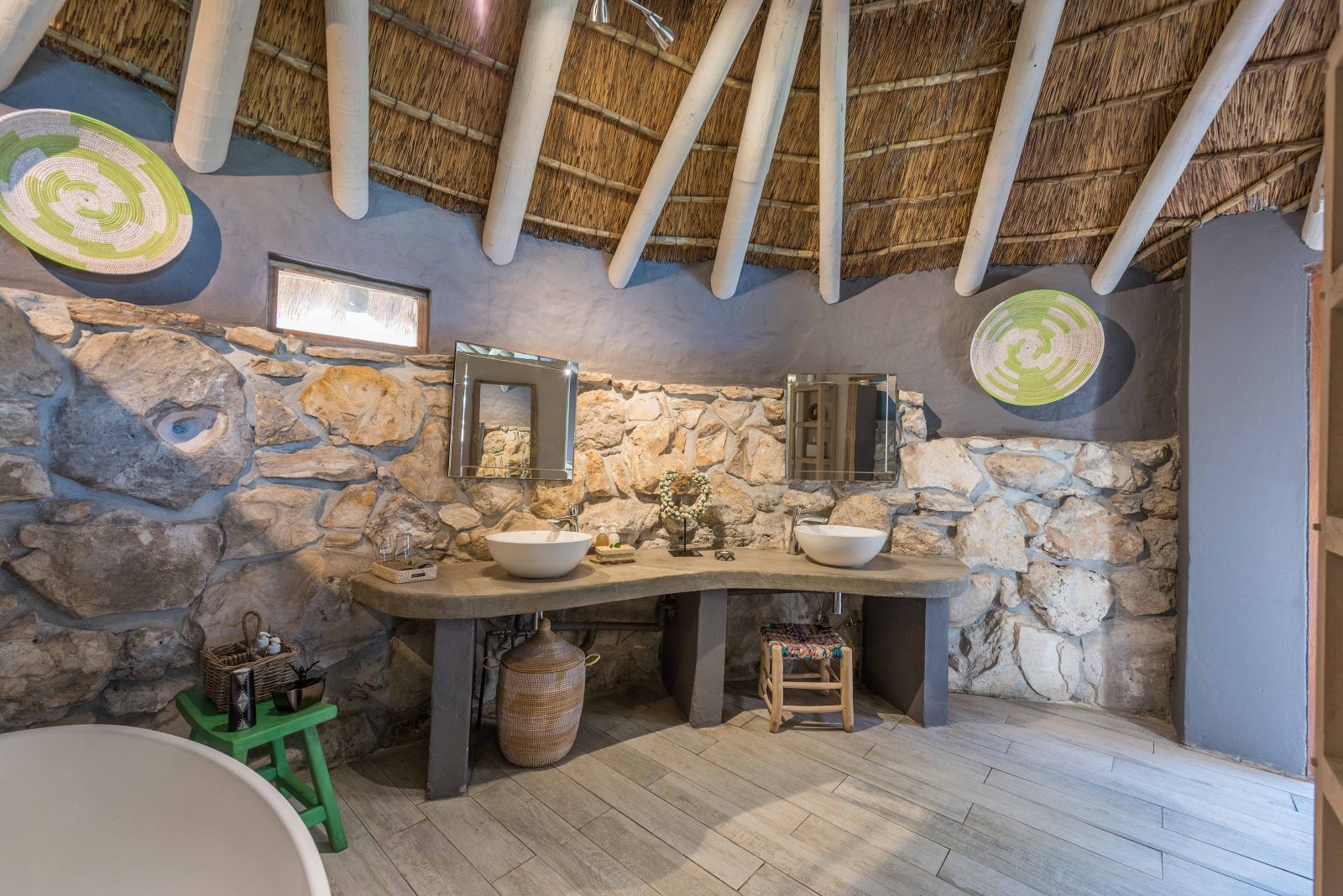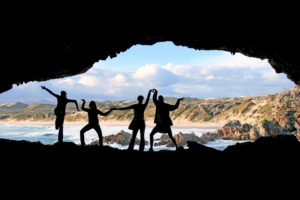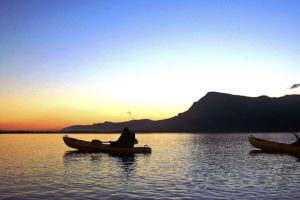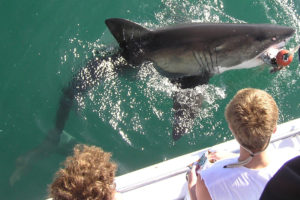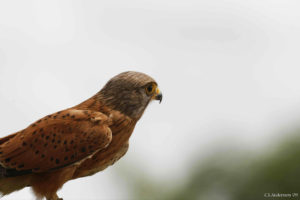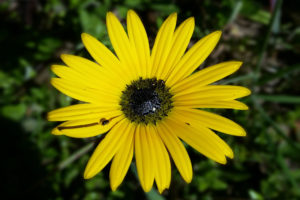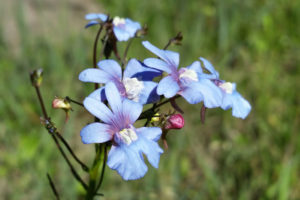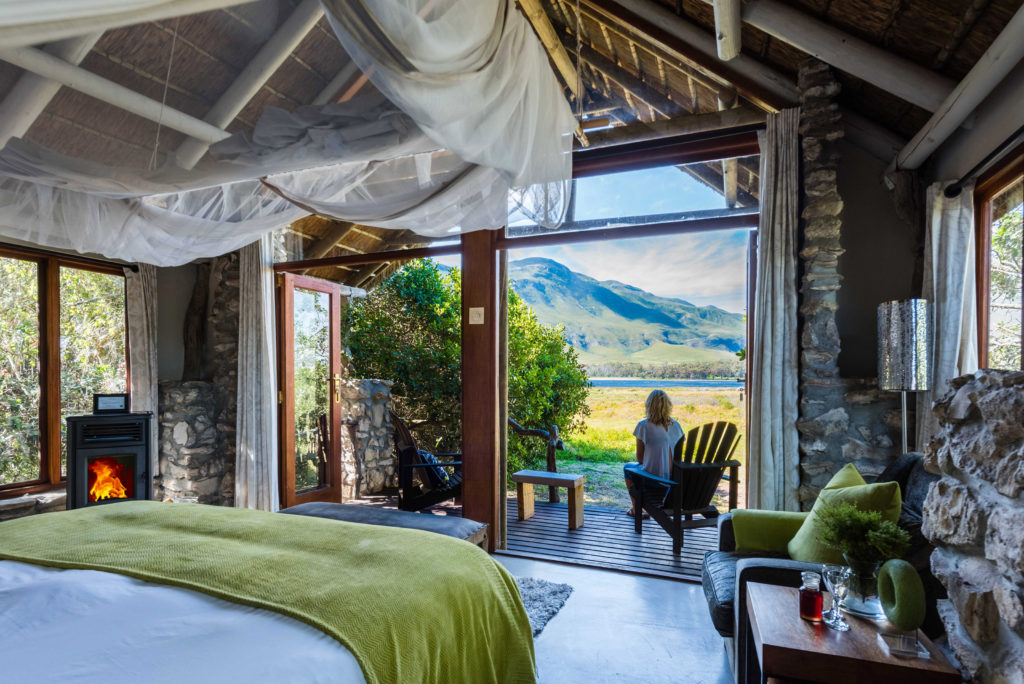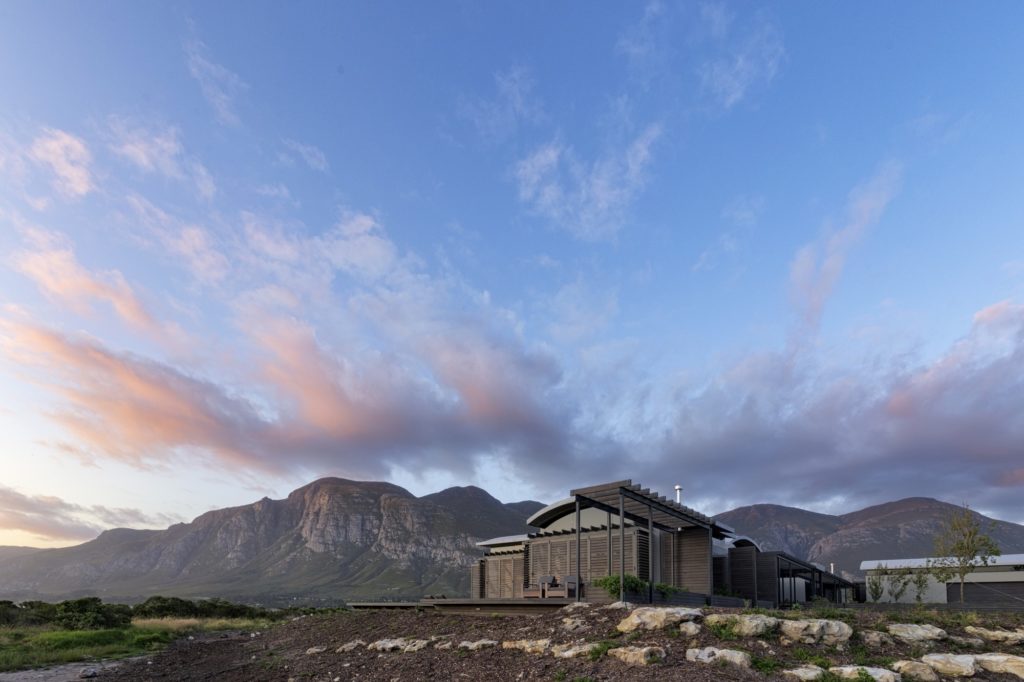African penguins live in South African and Namibia, with a total population of around 18500 (13,200 in South Africa and the rest in Namibia). In south Africa, there are thought to be 2 colonies, with Boulders beach, near Cape town, has a population of around 3000 penguins.
In wilder places, one would think that penguins would be hunted by land mammals, and certainly these behaviours have been filmed, with me remembering footage of a brown hyena hunting penguins on the Namibian beach.
It has generally thought that penguins were relatively safe on Boulders beach, but it is becoming clear that the caracal, which is a smaller cat than a lion or leopard, are living in the area around boulders beach, and are likely the big predator of the penguins. It is true, that cape leopards live in small numbers in this area, and they have been known to take penguins, but being the apex predator, they do not live long-term in the reserve.
This is not the same with the Caracal. This documentary was done around the area of table mountain, but found throughout the cape.
One might argue that this is just natural behaviour, but the problem is that neither species is being able to live in a normal way. In 2016, 2 caracals were documented to have killed 130 penguins in just 2 months. It would not take much more than this, for the African penguin to disappear from South Africa, and indeed the world.

